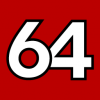-
Posts
12428 -
Joined
-
Last visited
-
Days Won
554
Content Type
Profiles
Forums
Events
Everything posted by Fiery
-
I've just sent you a private message about this.
-
AIDA64 is supposed to save the entered product key into a file called PKEY.TXT in the folder where you start AIDA64 (via its main executable module called AIDA64.EXE) from. Check if the user running AIDA64 has the right to write to that file on your flash drive. Regards, Fiery
-
Thank you for the feedback
-

Logitech Arx Control LCD for smartphones and tablets
Fiery replied to Grestorn's topic in General Discussion
Before the development of the Logitech Arx and RemoteSensor modules, AIDA64 already had a facility called External Applications. Many users use those tricks (like shared memory) to export the sensor values AIDA64 measures and get the values processed by their own software or solution. It is just as legal and fine as connecting to the AIDA64 RemoteSensor HTTP server with a native mobile app that you would develop. The only trick is: we cannot provide technical support for that app, since it's not our development, so you would have to deal with the users questions in the new forum topic you would maintain. We do however will support your efforts to make sure the RemoteSensor HTTP server can communicate with your app properly. BTW, it's a great idea to develop a native app. We're looking forward to giving it a try- 71 replies
-
That's absolutely incredible It looks great, and I can see that you've put a lot of efforts into producing custom graphic material.
-
Thank you, and Happy Holidays!
-
You can find the improved hot-plug device support in the following new AIDA64 Extreme beta update: http://www.aida64.com/downloads/latesta64xebeta
-
Thank you for your help. Meanwhile, AquaComputer was super kind and sent us a set of gadgets to help our progress on the development of Aquastream XT and MPS support for AIDA64. We're already working on it, and will notify you here on the forum, and also in email once it is ready
-
I'm afraid command-line arguments will not work when AIDA64 is already running
-
For CDs 1x = 153 kiloBytes/sec. You can also refer to this page: http://en.wikipedia.org/wiki/CD_and_DVD_writing_speed Regards, Fiery
-

Logitech Arx Control LCD for smartphones and tablets
Fiery replied to Grestorn's topic in General Discussion
We'll work on that soon We'll also work on the ability to show not only current (actual) values on the SensorPanel and LCD, but also average, minimum and maximum values.- 71 replies
-
The "Super Business Edition" has already come out over a year ago We however simply kept the Business edition, and added the additional features. So now AIDA64 Business is the complete edition having all features of all editions in a single package: http://www.aida64.com/products/aida64-business http://www.aida64.com/compare-aida64-features
-
Thank you for the feedback As for $AIDAVERSION, are you looking for a string like "AIDA64 v5.00.3308" or "v5.00.3308" ?
-
I'm afraid we're not interested in hacking into the Corsair Link framework, like what SIV does. It would just cause collisions and unexpected, potentially fatal issues, as described e.g. here: http://forum.corsair.com/forums/showthread.php?t=133312 We'll have to wait for the 2nd generation Link implementation that Corsair promised to deliver with full 3rd party applications support and a proper SDK. Regards, Fiery
-
With HDD/SSD temperatures we'll revert back to the old scheme about hot-plug device support in the next AIDA64 beta update.
-
Thank you for the feedback. I'm afraid we cannot make it move any faster than the current rate. But you can double-click on an item and change the X,Y coordinates manually to a different value to move them faster to a different location on your LCD. Yes, we've had to change the way AIDA64 handles hot-plug devices, because the old solution wasn't suitable for fans that are frequently stopped and started spinning again, especially in water-cooled systems. Also, it could have been a bit unexpected to see an old item to appear again, for example if you connected an external drive that was not connected for a while.
-

Logitech Arx Control LCD for smartphones and tablets
Fiery replied to Grestorn's topic in General Discussion
Here's the download link for the mentioned AIDA64 Extreme beta update: http://www.aida64.com/downloads/latesta64xebeta- 71 replies
-
We've fixed the issue in the latest beta version of AIDA64 Extreme available at: http://www.aida64.com/downloads/latesta64xebeta After upgrading to this new version, make sure to restart Windows to finalize the upgrade.
-
AFAIK OCZ Vertex SSD drives -- just like many other SSDs -- do not feature a tempeature diode. Regards, Fiery
-
If you open the SensorPanel Manager (from the right-click context menu on the SensorPanel), in it you can select multiple items and move them together in any direction. You can also modify, hide, restore, and delete the selected items easily using the SensorPanel Manager. Regards, Fiery
-
Thank you for the feedback
-
I'm glad it worked out. May I ask what motherboard do you have, and what SATA controller do you have the Pioneer drive connected to?
-
I've sent you a private message and an email about this
-
Thank you. I suppose one of the software on your system added an improper (or odd) entry to the list of Windows Scheduled Tasks, and that causes the issues. Do you have an idea about what software would it be? If not, can you please start Task Scheduler and check the list of scheduled tasks? Maybe you can find the one that is only present on the first computer, but not on the second computer?
-
It's quite puzzling, since as I've checked it now, we haven't done any major revamping about strorage device support recently, ie. between v4.70 and v5.00. One thing you can try is disable RAID member enumeration in AIDA64 / main menu / File / Preferences / Stability, in case you have no RAID arrays in your system. Maybe by having that option disabled, AIDA64 v5.00 will work properly on your computer.


